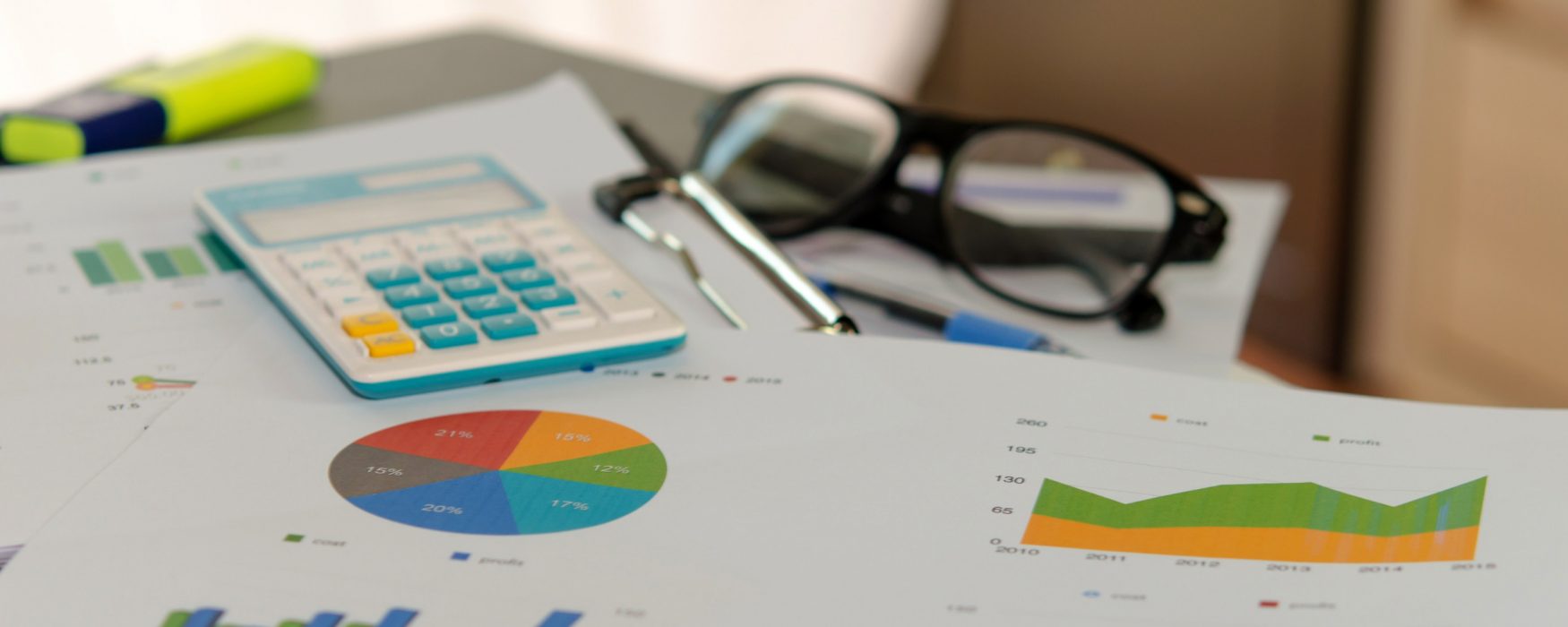
By Scott Lyon, originally published in SBAM’s Focus Magazine
The Consolidated Appropriations Act of 2023, including the SECURE 2.0 Act of 2022 (SECURE 2.0), was signed into law by President Biden on December 29, 2022. SECURE 2.0 builds upon the Setting Every Community Up for Retirement Enhancement Act (the SECURE Act) enacted in late December 2019 and signed into law by President Trump. Together the SECURE Act and SECURE 2.0 Act represent a major milestone in enhancing Americans’ retirement security.
The SECURE 2.0 contains over 90 provisions with varying ef- fective dates that modify or otherwise affect sections of existing retirement legislation. Key changes for individuals include helping near-retirees close savings gaps and preserve retirement income by raising catch-up contribution limits from ages 60-63 and increasing the age for required minimum distributions from 72 to 75 over time. Other key changes include the ability to rollover 529 plan assets into a Roth IRA for the beneficiary and permanent, automatic relief for federally declared disasters distributions.
Changes for Small Business Owners to Understand
Business owners will want to pay attention to the changes that impact employer-sponsored plans, including 401(k) plans. Below is a summary of key workplace retirement changes:
Tax Credits for Retirement Plan Start Up Costs and Employer Contributions
The SECURE 2.0 Act aims to encourage small businesses that do not currently offer an employer-sponsored retirement plan to start one. Tax credits for small employers with 50 or fewer employees who are starting a new plan increase from 50 percent to 100 percent of startup costs per year (up to $5,000) for the first three years. SBAM has long understood and lobbied Congress for relief of these startup costs as they have proven to be a large hurdle for small businesses looking to start a 401(k) plan. These tax credits provide a major incentive to offer a retirement benefit.
An additional credit for certain small employers starting a new plan (excluding defined benefit plans) is also available based on their matching or profit-sharing contributions. This credit, which caps at $1,000 per employee, phases down gradually over five years and is subject to further reductions for employers with 51 to 100 employees.
Roth Employer Match
The SECURE 2.0 Act provides employers the option to make Roth (after-tax as opposed to pre-tax) Employer Matching and Nonelective Contributions. Plans may offer employees the ability to characterize as Roth contributions for some or all the matching or nonelective employer contributions made to them under the plan, but only if the contributions are fully vested at the time they are made.
Matching Contributions Based on Student Loan Payments
Starting in 2024, the SECURE 2.0 Act will enable employer matching contributions based on student loan payments, so workers paying off student debt do not forego important employer- provided benefits. Employers that do not want their employees’ retirement planning to suffer due to their student loan burden will be able to provide a unique benefit and attract and retain young talent.
Government Provided Matching Dollars for Low and Moderate-Income Employees
Starting in 2027, more low and moderate-income Americans will be able to save for retirement by facilitating the use of emer- gency savings accounts, and changing what used to be a tax credit into a matching contribution from the federal government for certain retirement savers. Currently this “Savers Match” is given in the form of a nonrefundable tax credit, which is paid out in cash as part of a tax refund. Under SECURE 2.0, taxpayers will receive what amounts to a federal matching contribution that must be deposited into their IRA or retirement plan.
The Bottom Line:
The SECURE 2.0 Act introduces major changes that warrant a conversation with your workplace retirement plan advisor. Companies that currently offer a workplace retirement plan will want to evaluate how SECURE 2.0 impacts their individual situation with trusted advisors. Companies that do not currently offer a plan might want to consider how the new incentives make it more cost effective to offer a program.